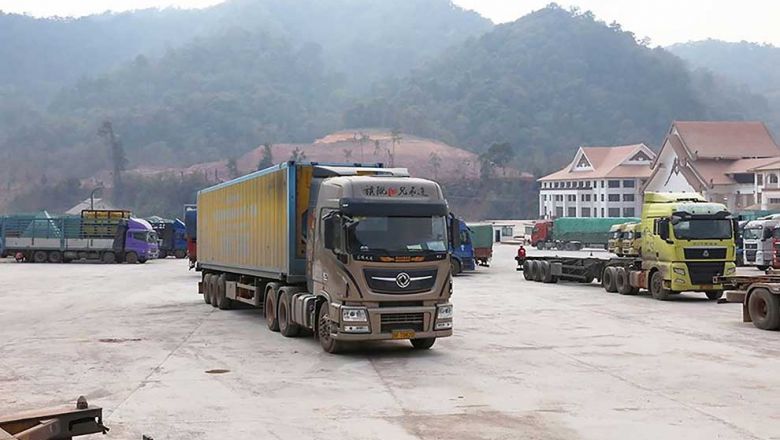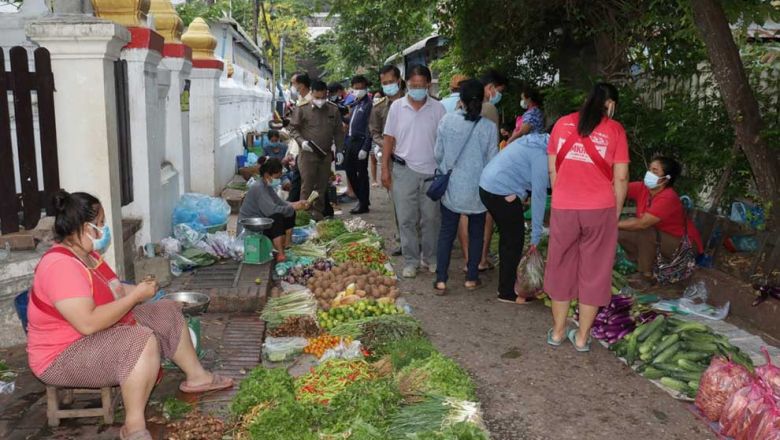Crop production for export expected to rise
Crop production for export expected to rise
Luang Namtha province expects crops and rubber production to increase by about 3.4 percent per annum from now until 2017, mainly destined for export to the Chinese market.
The provincial Agriculture and Forestry Department reported recently that its main export crops include sugarcane, bananas and rubber as well as cassava, watermelon, maize and pumpkin.
Last year there were more than 326,700 tonnes of crops exported to China, including more than 177,700 tonnes of sugarcane, more than 58,880 tonnes of sweet bananas, about 33,210 tonnes of dried cassava chips, over 27,000 tonnes of watermelon, and more than 14,240 tonnes of rubber and around 7,840 tonnes of maize and pumpkin respectively.
“This year there have been more than 33,490 tonnes of watermelon, 18,950 tonnes of maize, 10,290 tonnes of pumpkin and 47,520 tonnes of dried cassava chips exported to China,” the department representative, Mr Khammuan Lokamcheua, said on Tuesday.
“We have seen that the investment of such crops and plantations is increasing in the province,” Mr Khammuan Lokamcheua said.
“Last year, the province had about 16,600 hectares of crop plantations, including rice fields. This year it has over 18,900 hectares and we plan to have over 20,500 hectares next year.”
He said the farmers have increased crop production because the investors from China promoted and encouraged them to plant crop species that are in demand.
Each hectare of pumpkin farms can generate an income of at least 50 million kip per hectare per season before expenses are taken into account.
Meanwhile cassava farms can generate at least 16 million kip per hectare per season, while sugarcane fields can yield some 27 million kip per hectare per season.
However by far the most profitable crop is bananas, which can yield up to173 million kip per hectare per season, but again expenses must first be taken into account.
Luang Namtha province also expects its manufacturing, processing and handicraft sectors to improve on output, which is increasing in each fiscal year.
The provincial government has improved its administration structures and services to keep pace with the province’s expanding raw material production sector, which is increasingly supplying industrial factories.
Provincial authorities predict output will continue to increase. A number of new factories have recently been issued with licenses.
Currently a new Chinese company has invested more than 25.6 billion kip (US$3.2 million) to build a rubber processing factory in Long district, Luang Namtha province in order to semi-process the raw rubber before exporting it to China.
The construction of the factory is set to commence this year and is expected to finish within two years.
It will have the capacity to process 5,000 tonnes of rubber per year. The factory will go into production using raw materials from the company’s rubber plantation and local growers in the district.
Authorities plan to have six rubber processing factories across the province. So far, four factories have already been built in Namtha, Viengphoukha and Sing districts.
Luang Namtha earned over 104 billion kip (US$13 million) from the export of more than 13,000 tonnes of rubber last year.
The province has about 33,640 hectares of rubber trees which require more than 6,000 labourers to work in the plantations.
vientiane times
















